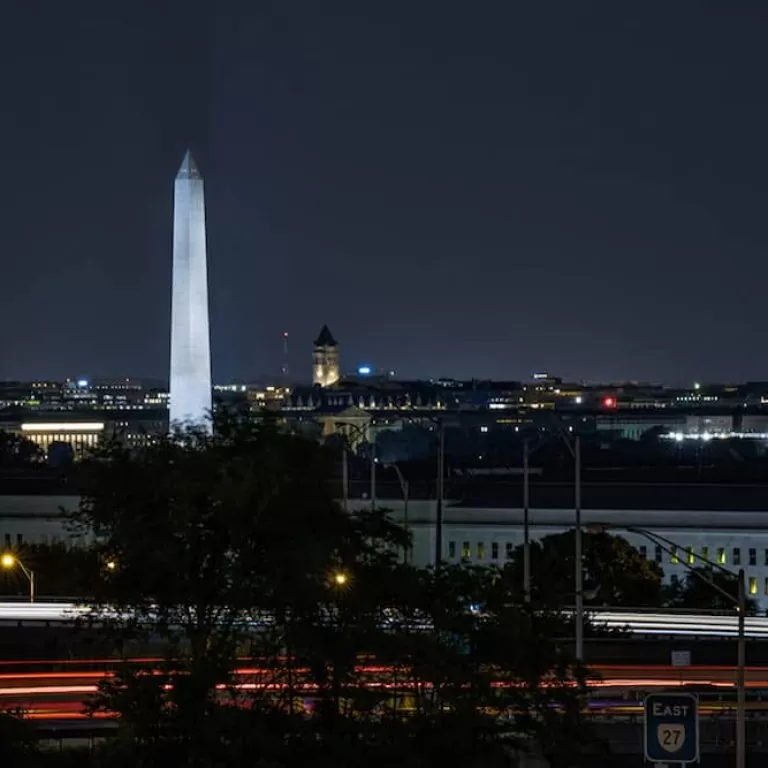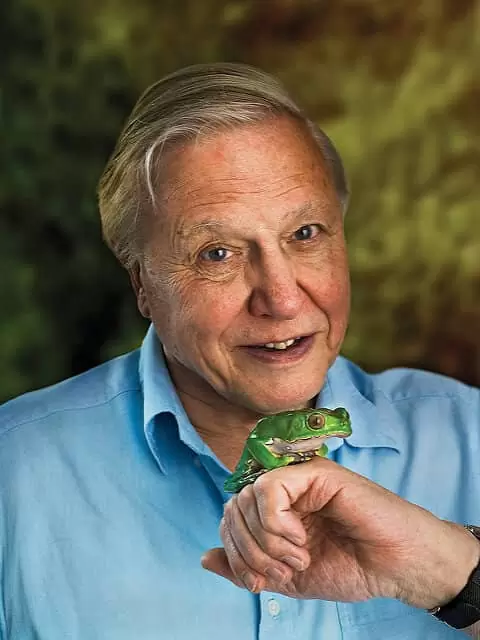
News Time-Lapse Through the Decades – Part II
Above: ‘House of Cards’ by Geoff Livingston on Flickr.
We continue our journey through the decades, tracing time-lapse and its various interventions and applications through to the present day.
Part II 1950s-2010s
1950s
We left off in part I with the contributions of Dr. John Ott, whose work in the 1930s was unprecedented in terms of how he popularised time-lapse by synchronising footage of plant growth to pre-recorded music.
1956
Ott’s pioneering work in the field of photobiology (the study of light on living cells), led to his position as a consultant for Walt Disney’s Secrets of Life.
The documentary film follows the changing world, featuring natural elements such as the sky, sea, sun, planets, insects, and volcanic action, and reveals the intimate glimpses into wonders that cannot be recognised by the human eye.
The film also includes Ott’s incredible time-lapse sequences of plants metamorphosing accompanied by music.
It is also worth noting that Ott’s legacy extends beyond this; his decades of independent research has been published in many books and academic volumes. He eventually turned his attention to studying the beneficial effects of full spectrum lighting on certain human physiological conditions, discovering that the colour temperature of lights can affect mental health.
1980s
1982
We have covered the work of Godfrey Reggio extensively in a previous blog. His feature length film Koyaanisqatsi contains time-lapse footage of cities and natural landscapes across the United States.
Reggio’s work followed Ott’s lead in terms of his juxtapositioning of image and music in ways that depicting the apocalyptic collision between urban life, technology, and the environment. The first film in his trilogy film series Qatsi, Reggio utilises time-lapse to explore urban and natural spaces.
1985
Also in this decade, the film A Zed & Two Noughts, written and directed by Peter Greenaway, featured a sub-plot involving the time-lapse technique.
As is very common in applications of time-lapse throughout its history, particularly its later uses in film, Greenaway addresses issues relating to the cycle of life. A Zed & Two Noughts takes time-lapse beyond its use of a trope to feature as an important subject within the film.
The film follows twin zoologists who become obsessed with images of growth and decay following a traumatic experience, and as such, begin watching videos about the origins of life, and creating their own time-lapse videos of decomposing life forms.
Such a plot is a testament to the influence of time-lapse as a tool on how we see and understand the world around us. Its full impact, particularly in terms of how humans interact with the medium, is perhaps yet to be fully understood, making it a fruitful avenue to explore using narrative film.

Sir David Attenborough. From Johann Edwin Heupel on Flickr.
Excerpts from Sir David Attenborough’s documentary TV series Life on Earth (1979), also featured in the film. Attenborough is now considered an iconic figure in British culture, but this particular title helped to establish him as the foremost television naturalist.
As we shall return to shortly, many of his future works spearheaded the modern-day uses of time-lapse in nature documentaries.
1990s
Yet another busy decade for time-lapse in film and television.
1992
Baraka, directed by Ron Fricke, the cinematographer for Reggio’s Koyaanisqatsi, is a non-narrative film shot in 70mm and includes a combination of photographic styles including time-lapse and slow motion.
Fricke’s aim was to expand on his work with Reggio, pushing the boundaries by building his own camera that combined time-lapse with perfectly controlled movements.
Baraka was filmed at 152 locations in 23 countries all over the world, and features several long tracking shots in iconic locations such as Auschwitz.
1995
The Private Life of Plants, written and narrated by Sir David Attenborough, utilised time-lapse extensively in its exploration of the deeply complex life cycle of plants.
Attenborough writes about how he himself conceived using time-lapse as a means of showing this subject matter in a way that had not yet been done in such depth before on television:
There were, of course, gardening programmes on the BBC’s schedules, but they did not deal with the basic facts of botany, or explain how plants feed, how they reproduce…how they form alliances with particular animals. The reason was only too obvious. How could you construct the dramatic narratives needed for a successful television documentary series if your main characters are rooted to the ground and barely move? Thinking about this, it suddenly struck me that plants do move and very dramatically.
Sir David Attenborough – Life on Air
As Ott’s work revealed, plants move extensively over the course of time. The Private Life of Plants got up close and personal with these living organisms, allowing the audience to immerse themselves in a part of nature that evolves at a completely different pace to what we are familiar with.
Attenborough documentaries continue to develop these visual narrative techniques with one of its most recent titles, Planet Earth II, being the first TV series produced by the BBC in Ultra HD (4K).
1995-2001
Other notable TV titles to feature time-lapse during the ‘90s include the cult classic, Xena: Warrior Princess. The technique was used in certain episodes usually to represent the passing of time or a particularly long journey undertaken by the two protagonists, Xena (Lucy Lawless) and Gabrielle (Renee O’Connor).
The sequences were likely to be stock footage, sometimes appearing noticeably different to the overall visual style of the series. Although television production has come a long way in recent years, with Xena looking considerably dated in comparison, the series still has a strong cult following who treasure its visual and narrative style.
2000s
2008
At this point in history, time-lapse was becoming a popular visual technique in combination with other mediums but 2008 is marked as particularly significant as it saw the release of the first feature-length film consisting purely of time-lapse.
Silicon Valley Timelapse directed by Nate North is divided into eight chapters, presenting life in modern-day Silicon Valley shot almost entirely using 3-frame HDR photography.
The visuals are rendered in such high quality that at certain points in the film footage appears like an oil painting of vivid colours.
2010s
Uses of time-lapse in the present decade so far have been numerous and varied and there seems to be no sign of the medium reaching its peak yet.
2010
Films like The Wolfman utilise time-lapse sequences of the moon and the sky to represent the passing of time. The horror-drama plot centralises a werewolf who is suspected of killing members of a community living in Blackmoor, and as such, the narrative hinges on cycles of day and night – with the moon bringing the transformation of man to werewolf.
2012 to 2013
Owl City’s accompanying music video for their 2012 summer anthem ‘Good Time’ featuring Carly Rae Jepsen, uses time-lapse to evoke a sense of youth and nostalgia in its visualisation of a day at the beach.
The 2010s also brought about ‘that time-lapse intro’ for Netflix’s hit political drama, House of Cards. The HDR visuals, including the use of Red Epic digital cinema technology, are fast becoming a staple asset in an era of quality television productions.
(For more information about these titles see our previous post).
2014
Time-lapse is creeping into computer-animated productions, such as Walt Disney’s Big Hero 6.
A time-lapse sequence in this film shows Hiro, a 14-year-old robotics genius, preparing his microbot (mobile robot) over the course of several days in a matter of seconds.
The sequence goes by so rapidly that it has sparked interest online, with some YouTube users creating videos showing the scene at a noticeably slower pace so that it is easier to identify what exactly is going on.
2016
Time-lapse is also becoming recognisable in television advertisements. Noticeable brands like Swedish furniture retailer IKEA building a stylish narrative for one of their flat-pack products with time-lapse.
As a company our work continues across multiple sectors from construction, sport and leisure, housing, retail, rail, and more. As a leading time-lapse provider, we will remain vigilant about emerging time-lapse applications and will continue to hone our expertise to reflect the burgeoning demand for time-lapse.